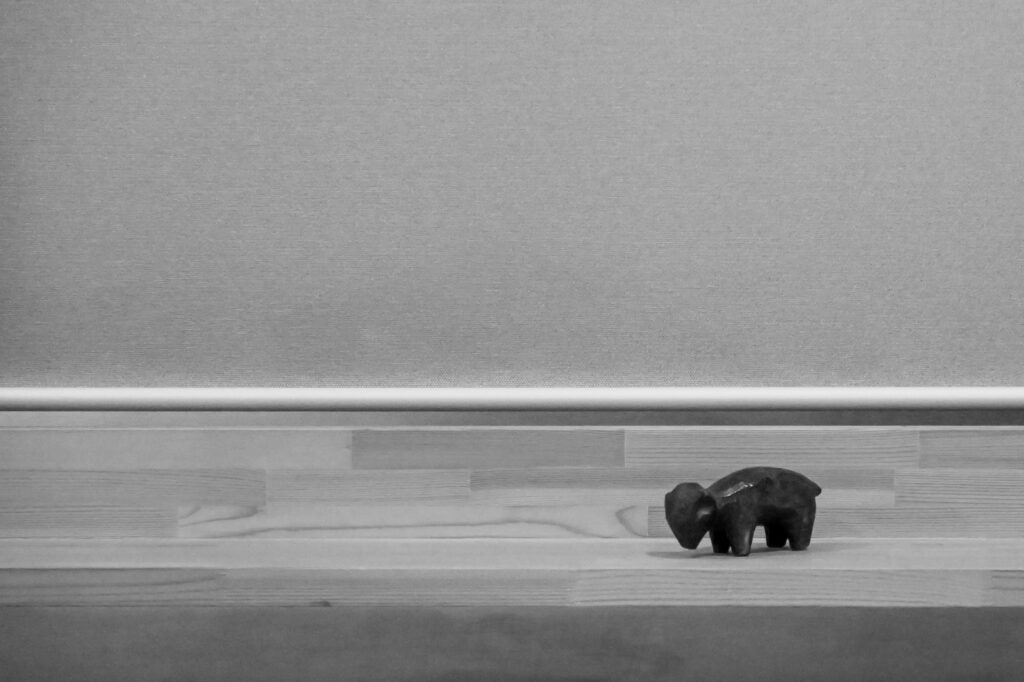The “price” of beauty is determined by the number of those who desire it.
Rarity, trends, topicality—all are elements that transform beauty into monetary value.
However, this is merely a superficial evaluation.
True beauty has an “embrace” that accepts its value.
If the embrace is shallow, no matter how much attention it receives, it ends as a passing fad.
But when you face an object directly, you understand: “This has a deep embrace.”
This can only be understood by those who have spent their own money to purchase beauty.
Without holding history in your hands, it is absolutely impossible to understand.
Conversely, culture is something that cannot be understood without paying for it.
Beauty is not created by genius. It is created by “time.”
People see the “time” dwelling within beauty. And they purchase that time.
However, those who create beauty—the artists—have no money.
Therefore, they carve away their own lives to etch time and challenge their works.
That time is sometimes purchased, sometimes overlooked,
and sometimes swallowed by history.
When an artist dies, most works lose their value.
Even when challenging history, most disappear.
Then, what is a life that does not disappear?
The artist cannot know this.
But those who spend money to purchase beauty—
perhaps the answer lies in the depth of their “embrace.”
